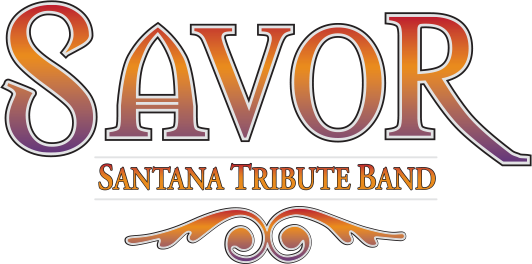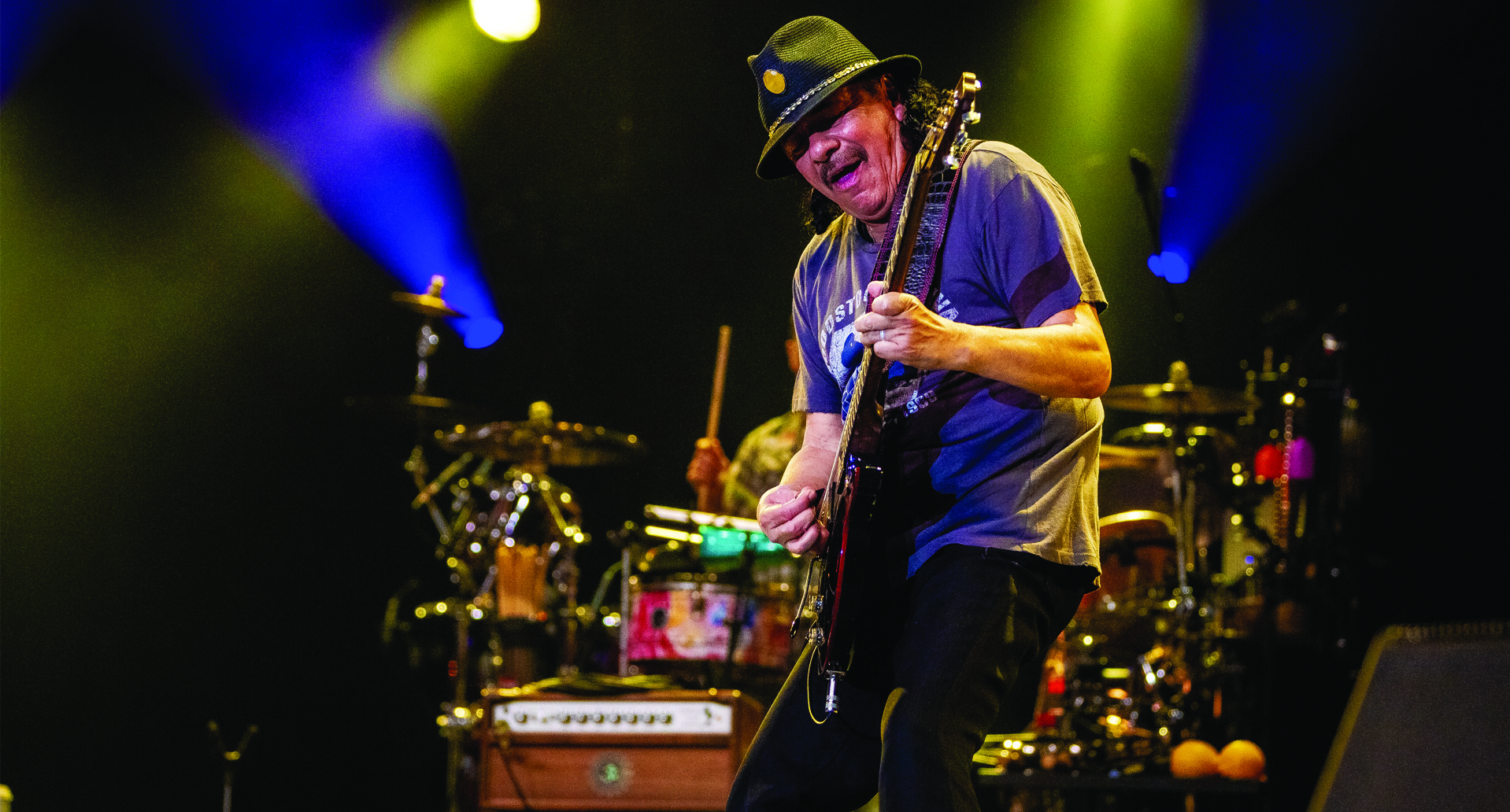After the whirlwind of the 1960s, came the hangover that was the 1970s. This fascinating and complex decade was marked by both continuity and change, laying the groundwork for the coming decades. Americans continued to protest the Vietnam War, which ended in 1973, while the civil rights movement broadened to include the environment, women’s liberation, gay rights, and the fight for disabled individuals.
However, Americans began to reject the idealistic optimism of the 1960s. The emergence of the “New Right” celebrated the free market and a return to “traditional” social values. President Richard Nixon dismantled parts of the welfare state and resisted mandatory school desegregation plans, before Watergate and his resignation in 1973. Meanwhile economic challenges such as inflation, an energy crisis, and a shift towards deindustrialization caused significant economic malaise and uncertainty about the future.
While the country changed, so too did Santana’s musical style. Following the 1970 release of Abraxas, which went triple platinum, the band’s next two albums, Santana III (1970) and Caravanserai (1972), were critical and popular successes. But over the next two decades, Santana’s work was less commercially successful, perhaps partly due to the high turnover of band members.
By 1973, the band lost all of its original members and came to be synonymous with Santana and his famous guitar riffs. After obtaining the legal rights to the band’s name, he formed a new version with percussionists Armando Peraza and Chepito Areas, bassist Doug Rauch, drummer Michael Shrieve, and keyboardists Tom Coster and Richard Kermode. That same year, Santana became a disciple of Sri Chimnoy when fellow musician John McLaughlin (the Mahavishnu Orchestra) introduced each other. Turning to meditation and spirituality, he took on the name Devadip, which means “the lamp, light and eye of God.”
Santana then began exploring a new musical style: a jazz-rock fusion that reflected his admiration for Miles Davis and John Coltrane. The experimental album Illuminations soon followed. As a collaboration with John Coltrane’s widow, Alice Coltrane, Santana delved into avant-garde esoteric free jazz, Eastern Indian and classical influences. He further collaborated and performed with a number of high-profile musicians, notably drummer Buddy Miles, bassist Stanley Clarke, pianist Herbie Hancock and guitarist John McLaughlin.
Jazz Fusion and Spiritual Journeys
Santana’s management, Bill Graham, grew critical of the band’s foray into jazz and urged Santana to return to his original edgy, Latin-infused sound. This led to the 1976 album Amigos, featuring the songs “Dance, Sister, Dance” and “Let It Shine,” and a short return to Santana’s original funk and Latin sound. At this time, Santana became increasingly disillusioned with the teachings and restrictions of his spiritual leader Chimnoy, and broke with him in 1982.
Resurgence and Reinvention
During the late ‘70s, Santana toured and recorded both solo and with the band, but his popularity waned as commercial audiences became less interested in jazz-rock fusion music. Nevertheless, Santana earned critical acclaim throughout the 1980s. For his 1987 solo album Blues for Salvador, which was dedicated to his son Salvador, he earned his first Grammy Award for Best Rock Instrumental Performance. And he made a series of guest appearances with the Weather Report, jazz pianist McCoy Tyner, blues legend John Lee Hooker, Aretha Franklin, and West African singer Salif Keita. He also toured extensively, playing in sold out auditoriums and on tours such as LiveAid (1985) and Amnesty International (1986).
As the music industry changed and media culture dominated the ‘80s and ‘90s, Santana incorporated more mainstream rock and pop while still retaining the distinctive guitar work and fusion of styles that characterized his earlier work. This culminated in the 1999 release of Supernatural, which highlighted his collaboration with artists such as Rob Thomas of Matchbox Twenty, hip-hop legend Lauryn Hill, Mexican pop band Mana, and fellow guitarist Eric Clapton. Not only was Supernatural a significant comeback for Santana, it also garnered him eight Grammy awards in 2000[1], breaking the record held by Michael Jackson’s Thriller. These included Album of the Year, Best Rock Album, and Song of the Year for “Smooth.” Santana was the first Latino to win Album of the Year.
[1] Santana won in every category, but the award for Song of the Year went to Thomas and Itaal Shur, who wrote “Smooth.”


